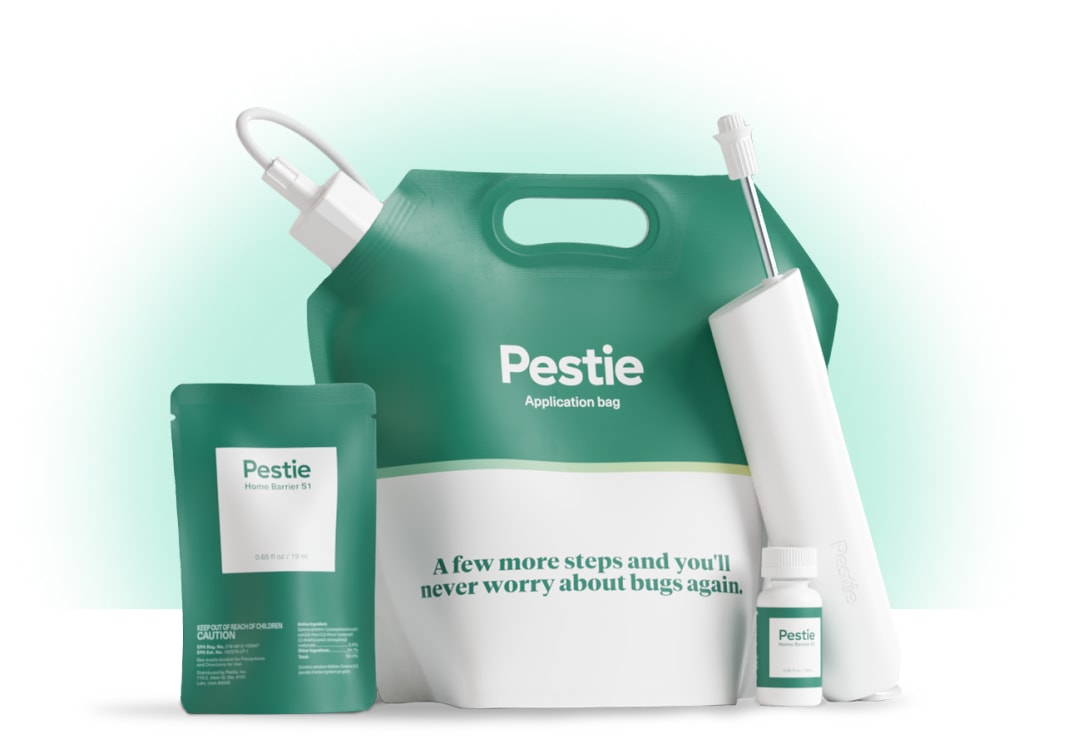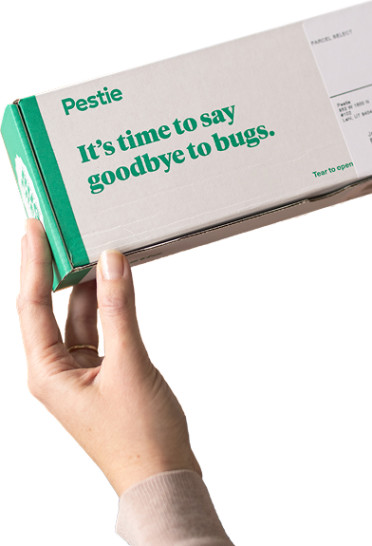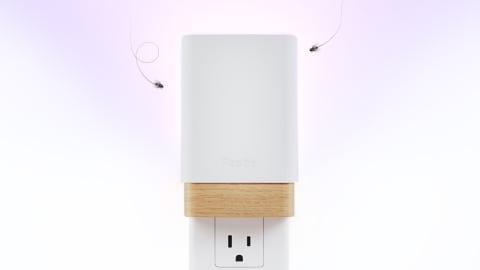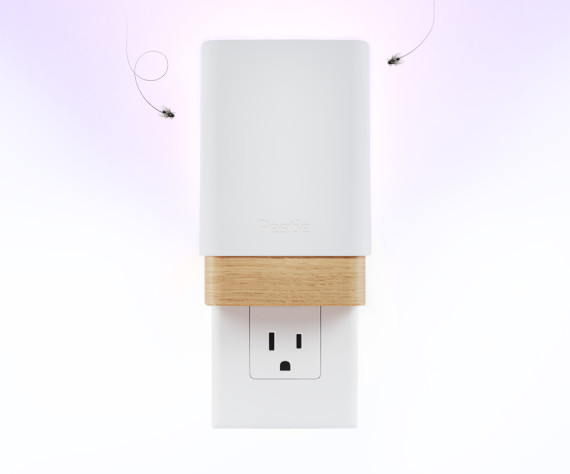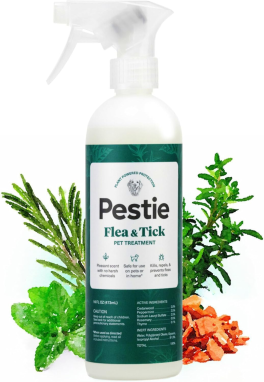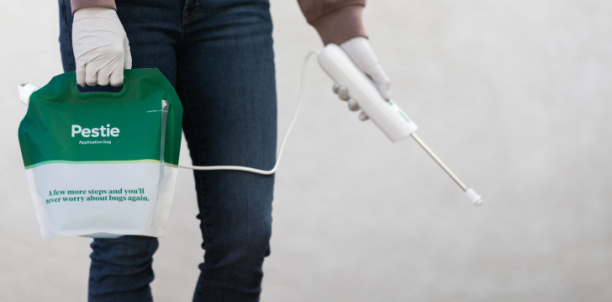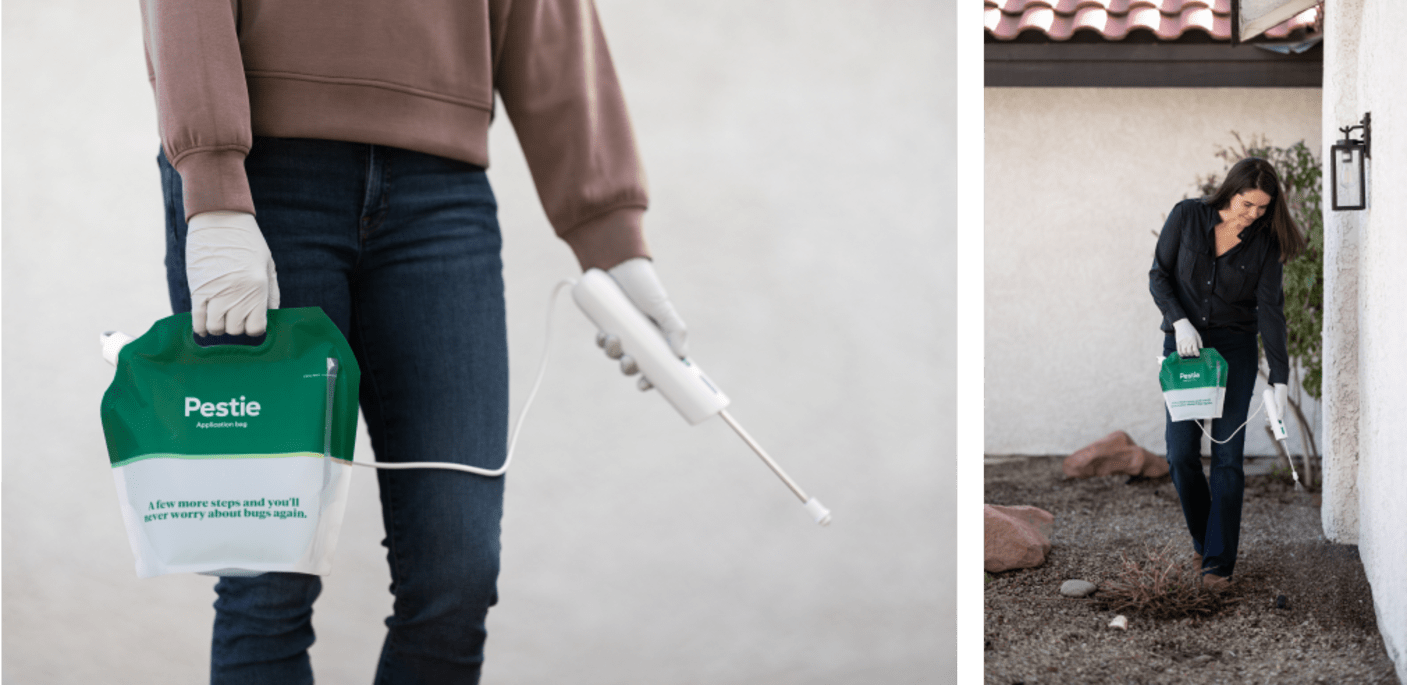How to identify and get rid of eastern subterranean termites
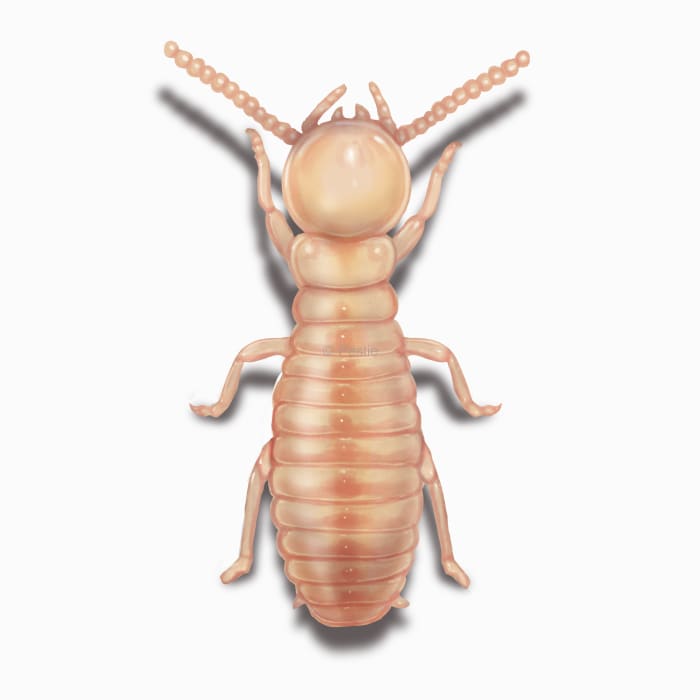
From detection to protection: tackling eastern subterranean termites
Inside your home, tiny, hidden invaders could be munching on the wood studs of your walls. Subterranean termites are one of the most damaging pests for any homeowner. However, they often go unnoticed for too long.
As their name implies, Eastern subterranean termites live underground in large colonies. They eat the cellulose in wood, leaving behind a frail structure that can cause catastrophic damage to any home.
Subterranean termites need dark and moist environments to survive. The workers will build vertical mud tubes under crawlspaces to reach exposed wood. The mud tubes are made of dirt, wood, and termite saliva. The workers can quickly die from dehydration, and the mud tubes shelter them while they get to work eating the flooring or walls of your home.
Colonies consist of individual termites separated into three different castes. Workers are wingless and are the ones who chew all the wood. They take care of the colony, build mud tubes, forage for food, care for the young, and tend to the soldier and reproductive termites.
Soldier termites are also wingless but have larger bodies and long mandibles. Additionally, they have a gland on their forehead that is used to spray a secretion invading ants or insects. The soldier's job is to defend the colony from enemies.
The reproductive caste has a winged and wingless type. When reproductive males and females leave the nest, they swarm and mate. Once a male and female pair up, they establish a colony, shed their wings, and become the colony's founding king and queen. A colony can often be as small as 20,000 termites up to 5 million termites, depending on the age of the colony.
Termites can cause millions of dollars in damage to homes. Luckily, there are effective ways to prevent and eliminate the threat of termites around your property.
How to identify eastern subterranean termites
Eastern subterranean termites are hard to spot since they live underground or in mud tubes under your home. However, you can identify them when the reproductives are out on their mating flights. Look for cylindrical bodies with long wings. Their waists will be as thick as their thorax and abdomen and not constricted like an ant's. These swarms happen in spring and early summer. The best time to spot swarming termites is in the morning after a warm rain.
Look for mud tubes coming from the ground. The tubes can be on the foundation under a crawlspace or outside your home.
How big are eastern subterranean termites?
Workers are typically about 1/8 inch long, but the reproductive are nearly three times as big, including their long wings.
What other pest looks like an eastern subterranean termite?
Swarming ants are often confused with termites. The best thing to do is look for a narrow waist in ants and a thick waist in termites.
Where do eastern subterranean termites live?
This kind of termite is found throughout the continental United States. However, they thrive in the warmer southern states.
How to get rid of eastern subterranean termites
Treating termites on your own can be complicated, costly, and often futile. Calling a professional is a safer and guaranteed way to eliminate termites from your home.
However, if you want to try getting rid of termites, the best way is to use a termiticide. This can be sprayed along the soil that touches your home's foundation or on exposed wood inside the home. You want to establish a chemical barrier between the soil and the wood. Sometimes, that involves digging a trench along the foundation of your home and then spraying your termiticide.
Professional exterminators have additional strategies they can use to eliminate termites, including bait stations. These are filled with a woody food substance mixed with a termiticide. The workers then take the bait back to the colony and poison the entire colony.
One of the best ways to keep termites out of your home is with prevention. This includes the following:
- Keep structural wood from contacting soil (preferably 18 inches high)
- Clear the foundation of vegetation and mulch
- Reduce moisture under crawlspaces and provide drainage
- Fill cracks and gaps in the foundation
- Reduce drainage from roofs by directing runoff away from the foundation.
- Use pressure-treated wood to replace damaged timber.
You can also spray an insect barrier around your home to prevent termite swarms from setting up their colonies in or around your home. Pestie offers a pro-grade DIY solution customized to your climate and the insects in your area, all for a fraction of the cost of a professional exterminator.
Treat eastern subterranean termites with Pestie
If you're still having trouble keeping eastern subterranean termites away, the best option is to use a pro-grade, effective pest control solution like Pestie.
Pestie is a do-it-yourself pest control solution that's specially designed to keep eastern subterranean termites and other pests away from your home.
With Pestie, you can rest easy knowing that your living space is protected and free of creepy crawlies. And the best part? It's designed for people, pets, and the planet, so you can say goodbye to harsh chemicals and hello to peace of mind!
- Save hundreds compared to traditional annual pest plans
- People, pet, and planet-friendly
- Pro-grade customized formulas
Quick facts
How dangerous are Eastern Subterranean Termites?
High danger risk
While not directly harmful to human health, eastern subterranean termites can cause significant structural damage to homes, potentially leading to costly repairs and unsafe living conditions.
- Scientific name
Reticulitermes Flavipes
- Colors
Creamy white
- Life span
Workers – 1-2 years; kings and queens – several decades
- Diet
Wood
Scientists have recently reclassified termites as being closely related to cockroaches. In essence, termites are very organized and social cockroaches that have formed a colony and can eat wood!
